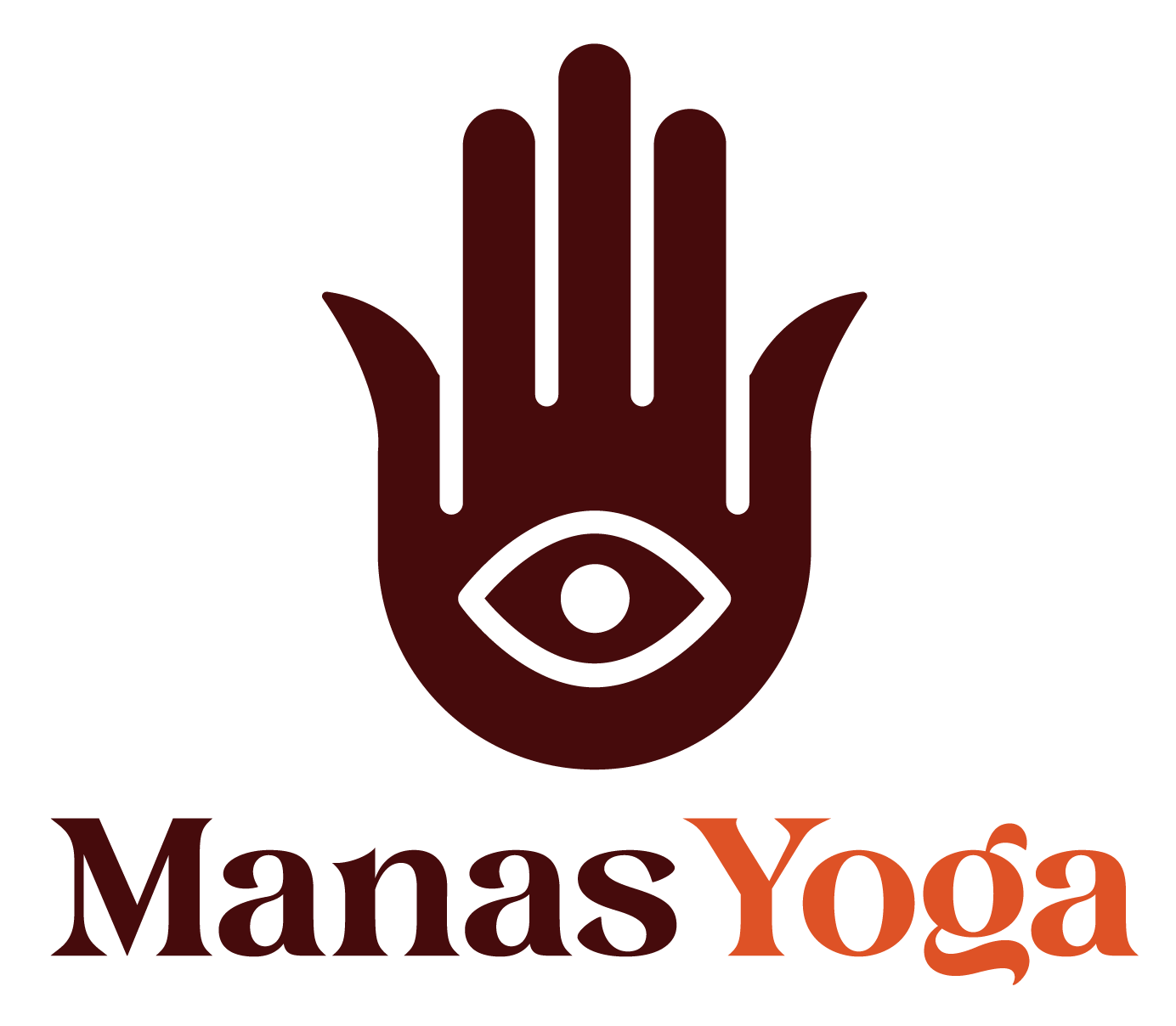Unbinding the Granthis of the Soul: My Modern Take on the Katha Upanishad
by: Erika Smith Iluszko
The Katha Upanishad, one of the most profound and poetic scriptures of the Indian philosophical tradition, tells the story of a young boy, Nachiketa, who dares to ask Yama—the god of death—the ultimate questions: What happens after death? What is the Self? How can we be free from the cycle of birth and rebirth?
Within this ancient dialogue lies a deep reflection on the human condition—why we are born into these bodies, why we suffer, and how liberation is possible. Central to this teaching is the concept of the three knots (granthis) that bind the soul to the cycle of samsara (birth, death, and rebirth): Avidya (ignorance), Kama (desire), and Karma (action).
The Three Knots That Bind Us: Avidya, Kama, and Karma – and the Path to Liberation
1. Avidya – Ignorance
Avidya is not a lack of intellectual knowledge, but rather a misperception of reality. It is the illusion that we are merely this body and mind, separate from others, and defined by status, possessions, or identity. Avidya veils the true Self—the eternal, unchanging Atman—which the Katha Upanishad says is “smaller than the smallest and greater than the greatest,” dwelling in the secret heart of all beings.
Without awareness of the Self, we chase after fleeting pleasures and fear death—thus the knot of Avidya tightens, leading us to the next knot.
2. Kama – Desire
Desire arises when we forget who we truly are. Kama isn’t just sexual desire—it includes every longing for external fulfillment: love, power, recognition, comfort. In moderation, desire motivates life. But when desire becomes compulsion, it creates dependency and disappointment.
The Katha Upanishad contrasts the Preya (what is pleasant) and Shreya (what is beneficial). Most people choose Preya—short-term pleasure over long-term truth. In doing so, we deepen the cycle of craving and discontent.
3. Karma – Action and its Consequences
When desire drives our actions, we generate karma—the web of cause and effect. Karma keeps us bound to the wheel of rebirth, experiencing the fruits of past actions and sowing seeds for future ones. As long as actions are driven by ignorance and desire, the cycle continues.
Why Are We Born Into This Body?
From the perspective of the Katha Upanishad, we are born not as punishment, but as an opportunity: to evolve, to experience, and ultimately, to remember our true Self. But if we remain entangled in Avidya, Kama, and Karma, we stay asleep in the dream of separation.
This birth is not random—it is shaped by karma and fueled by desire. But the root of it all is Avidya. Like a tree fed by an underground spring, Kama and Karma draw their energy from Avidy (ignorance).
That’s why Avidya is the weakest link—and the one we can most directly confront.
Fighting Avidya: The Way to Liberation
The Katha Upanishad says, “Rise, awake! Seek the great ones and learn.” It calls us to wake up from unconscious living and pursue jnana (true knowledge). Fighting Avidya doesn’t mean collecting facts—it means seeing clearly. It means:
Turning inward through meditation and reflection.
Discriminating between the Self and the non-Self.
Living consciously, aware of how our desires and choices are shaped.
Seeking teachers and communities who live from wisdom and authenticity.
Once Avidya is weakened, desires no longer drive us blindly, and karma no longer binds. Liberation (moksha) is not something distant—it is a shift in perception, a recognition that we were never separate to begin with.
Modern Application: A Mindful Life in a Distracted World
In a world of endless scrolls, targeted ads, and curated identities, Avidya is amplified. We’re taught to believe happiness lies in the next purchase, partner, or promotion. Kama is not just normalized—it is monetized. And karma piles up in every unconscious reaction.
But we also live in an age of unprecedented access to wisdom. We can read the ancient texts online, attend virtual satsangs, and practice mindfulness with a simple app. The invitation of the Katha Upanishad is more relevant than ever:
“The self-existent pierced the openings outward; therefore, one looks outward, not within oneself. A wise person, seeking immortality, turns the gaze inward.”
To apply this today:
Unplug regularly. Create space from the constant pull of desires.
Question your motivations. Are you acting from unconscious habit, fear, or longing—or from clarity?
Embrace spiritual practice not as escape, but as a return to the real.
Remember the Self—that behind every experience, thought, and role, there is something timeless, unshaken, already whole.
The Path Is Now
The Katha Upanishad doesn’t promise easy answers. But it gives us a map: disentangle the knots. Of the three, Avidya—ignorance—is the gateway. When we begin to truly see, we stop chasing, and start being.
Let this ancient teaching inspire a modern revolution—not outside, but within. One person at a time, remembering who they are.
Want to start untying the knots in your own life?
Try this: Take 10 minutes each morning to sit in silence. Watch your thoughts. Notice your desires. Ask, “Who is experiencing all this?” Just by looking inward, you begin to dissolve the first knot.
And with that, the journey begins.
